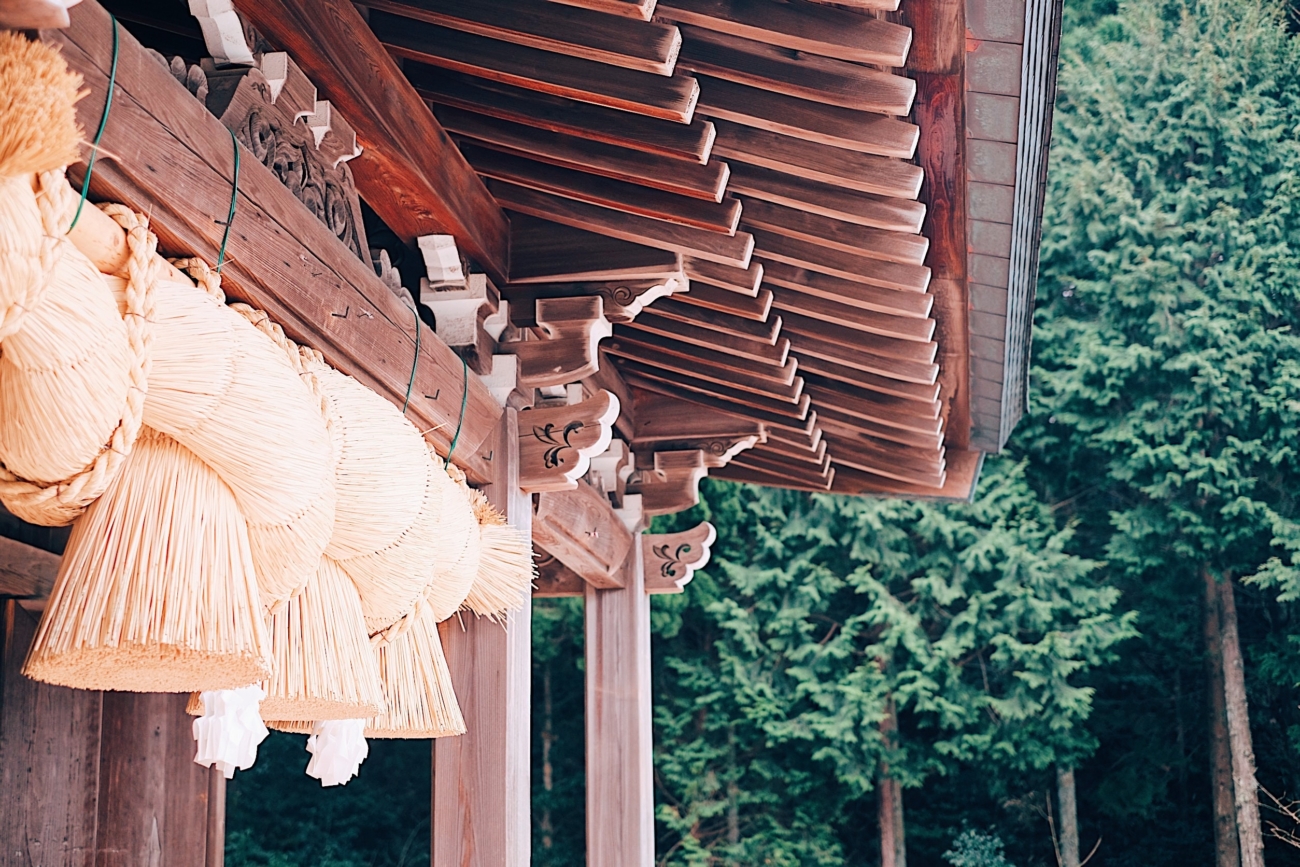Nishinoshima Island (Nishinoshima Town)
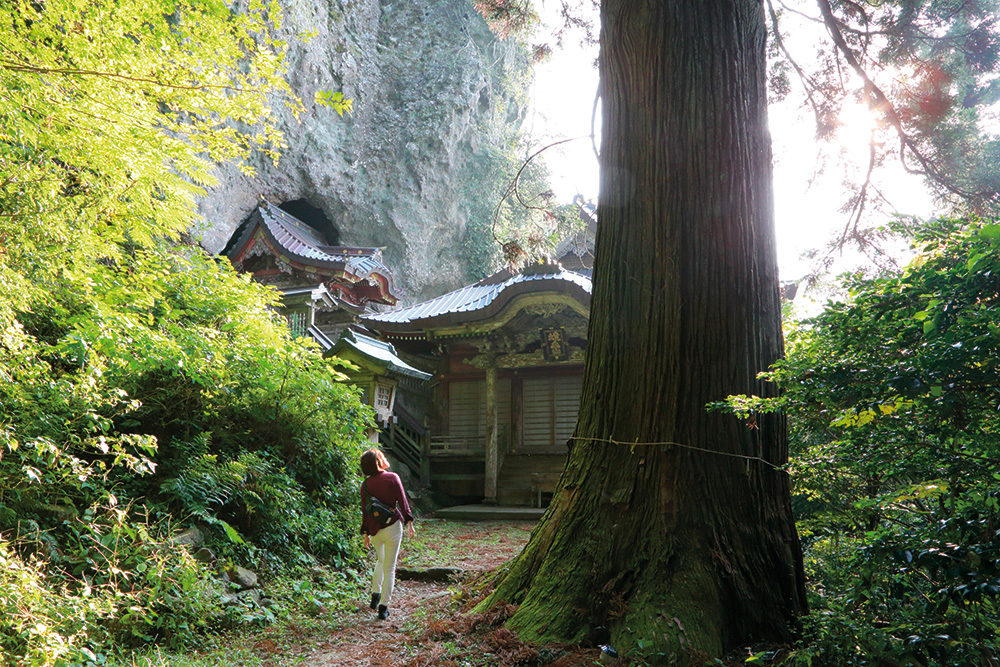
The wooden shrine building, built in 1732, is the oldest in the Oki Islands, and has been designated as an Important Cultural Property of Japan. Built on the tallest mountain, Mt. Takuhi, the area surrounding the shrine is within a protected environmental area. The short hike up to the shrine from the carpark is enjoyable, and you will find yourself surrounded by trees and birdsong.
Access: 20 min by car from Beppu Port, then 25 min on foot from the carpark.
Yurahime Shrine
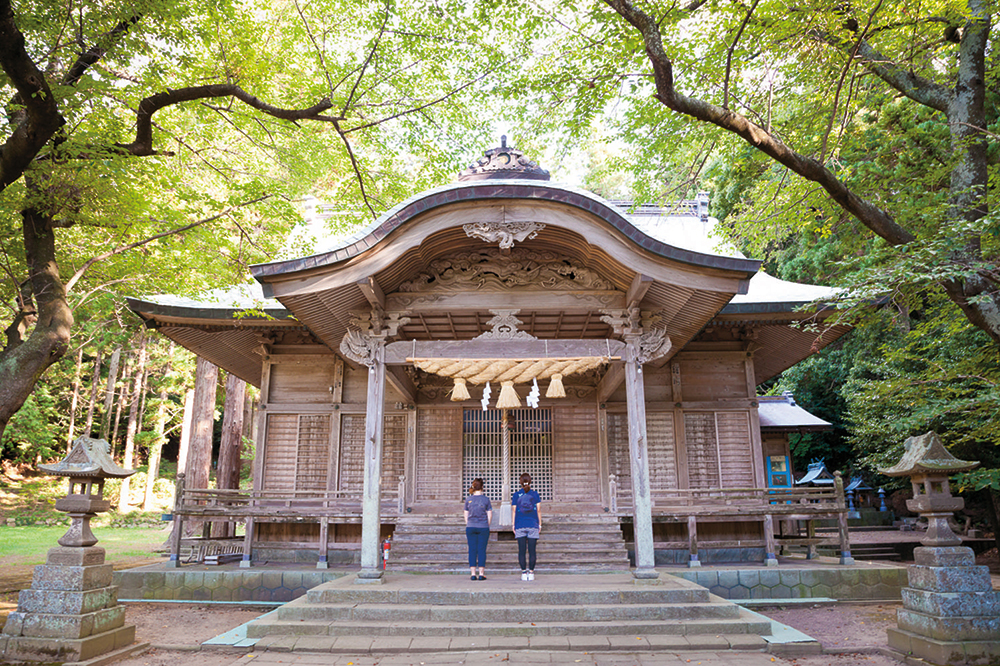
The history of the shrine can be traced back to AD 842, and was once one of the highest ranking shrines in Shimane (and Japan). The shrine is tied to a myth, which also explains the reason behind the shrine’s nickname, the “Squid Shrine”.
Access: 15 min by car from Beppu Port.
Nakanoshima Island (Ama Town)
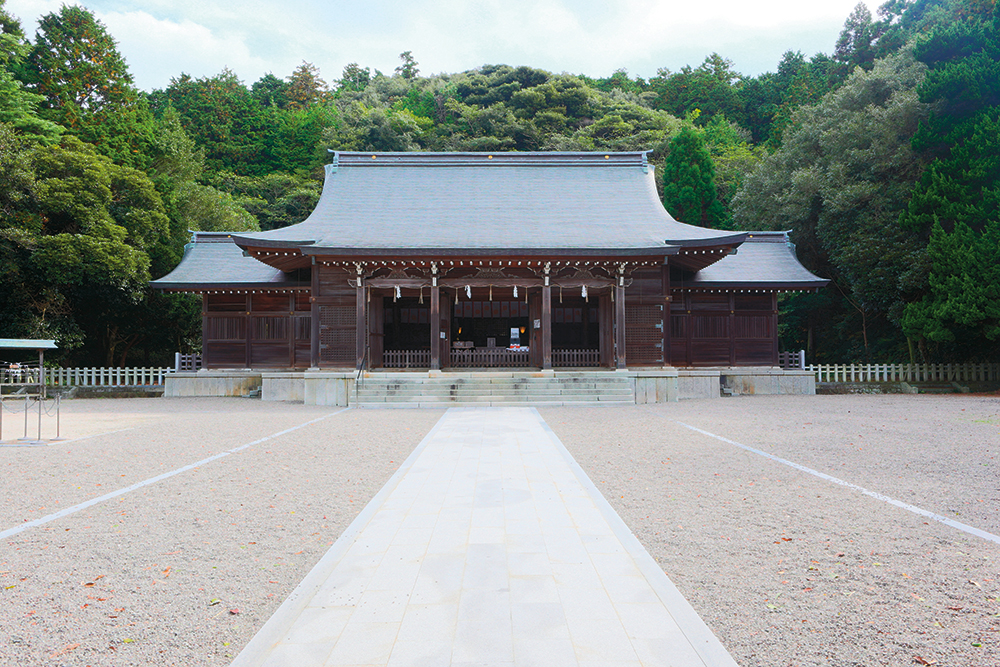
Built in 1939, this shrine is built in commemoration of the 700th anniversary of the death of Emperor Go-Toba, who was exiled to the Oki Islands in 1221. The main building of the shrine was built with the Oki-zukuri architectural style, which is unique to the Oki Islands. You can also make a reservation and visit the shrine at night!
Access: 10 min by car from Hishiura Port.
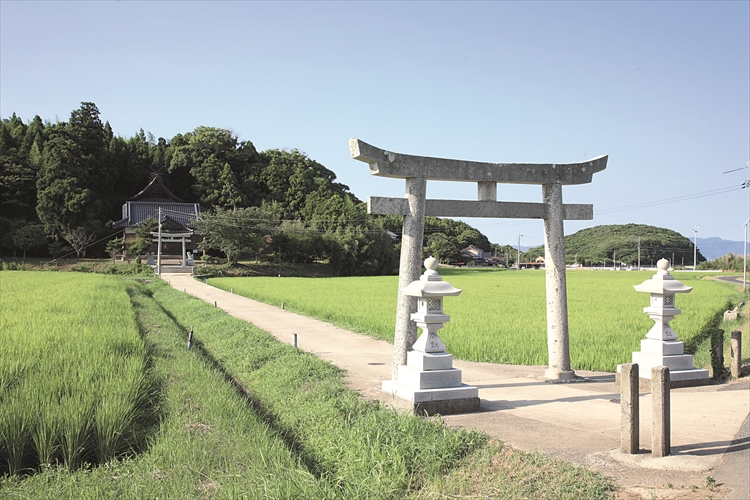
Unlike any other shrines on the islands, there are two torii gates in front of the shrine. Once you pass through the first torii gate, you will find beautiful rice fields on both sides of the pathway, creating a picturesque scene. Just like Yurahime Shrine, Uzuka-mikoto Shrine is also one of the prestigious shrines in Oki that is recorded in the oldest shrine list in Japan.
Access: 20 min by car from Hishiura Port
Chiburijima Island (Chibu Village)
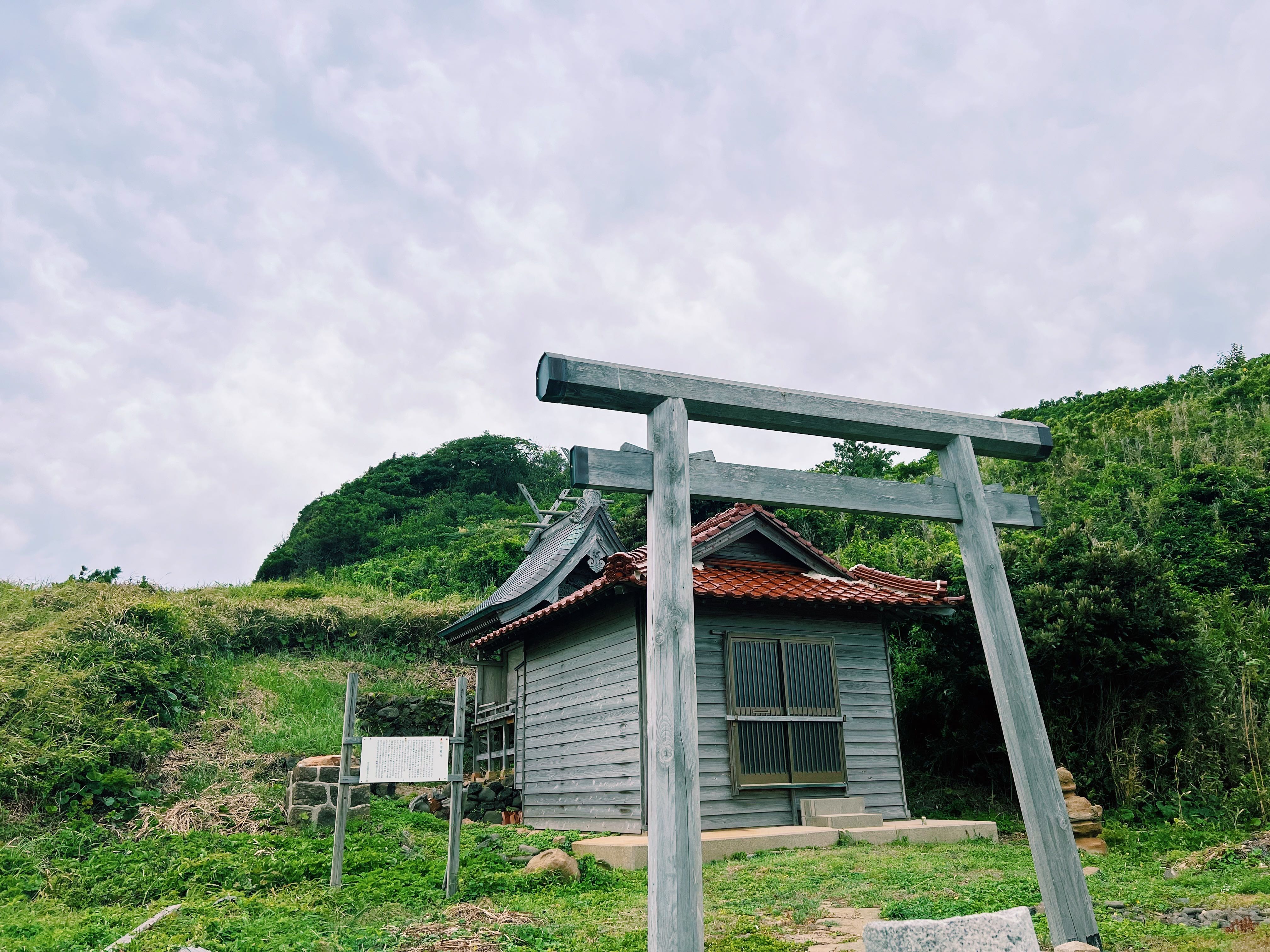
This shrine is built on Shimazushima Island, a small island which is connected to Chiburijima Island by a footbridge. The walk along the coastal walking trail on Shimazushima Island is wonderfully pleasant, as you can enjoy the beautiful contrast of the clear blue sea and the green islands around. At the end of the trail, you will find Watatsu Shrine. The shrine is dedicated to a deity of sea voyages, which also gave the island her name–Chiburi.
Access: 15 min by car from Kurii Port, then 15 min on foot.
Amasashihiko-no-mikoto Shrine (Ikkū Shrine)
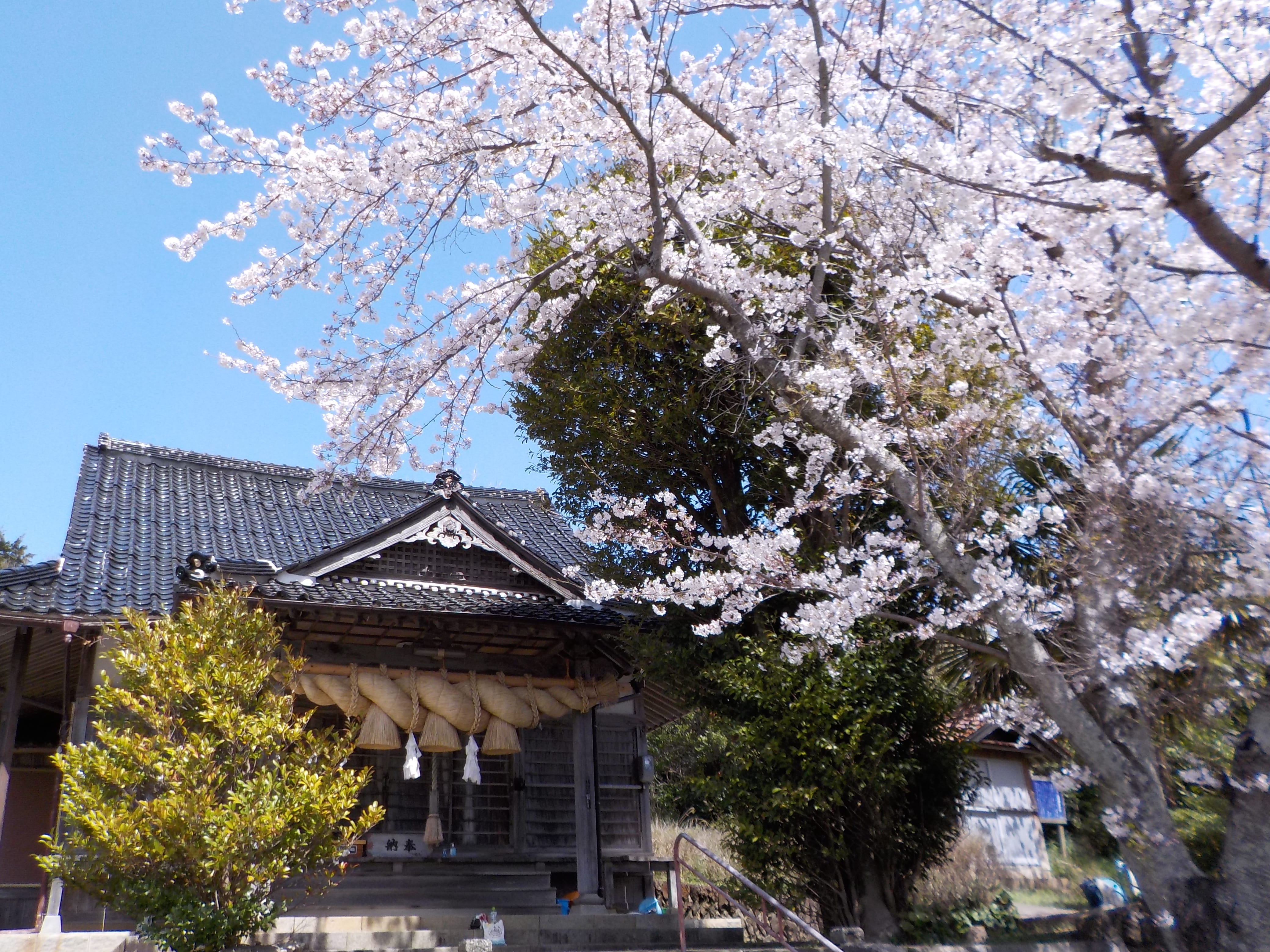
Ikkū Shrine is the largest shrine in Chibu Village, and the shrine boasts over 1000 years of history. Inside the shrine grounds, you can find a stage, equipped with a turntable (the only one in Dōzen area), where children’s Kabuki (the only one in Oki!) is performed by local school children during the biennial shrine festival.
Access: 5 min by car from Kurii Port.
If you would like to learn more about the shrines and temples, we recommend hiring a tour guide! The guides will provide more insight, making your trip more enjoyable and memorable!
Author: Cleo Wong & Nicharee Plubsiri (Yaleen)

